| Region | Base Ingredients | Flavor Profile | Typical Dishes |
|---|---|---|---|
| India | Turmeric, cumin, coriander, chili, fenugreek | Earthy, warm, spicy | Dal, chicken tikka masala |
| Thailand | Chilies, lemongrass, kaffir lime, galangal, shrimp paste | Spicy, herbal, aromatic | Red curry, green curry |
| Japan | Turmeric, black pepper, ginger, fennel, cinnamon | Mild, sweet, umami-rich | Kare raisu (Japanese curry rice) |
| Jamaica | Allspice, thyme, scotch bonnet, garlic | Peppery, fragrant, fiery | Jerk chicken, curry goat |
| South Africa | Fennel, coriander, turmeric, cardamom | Sweet-spicy, aromatic | Bunny chow, bobotie |
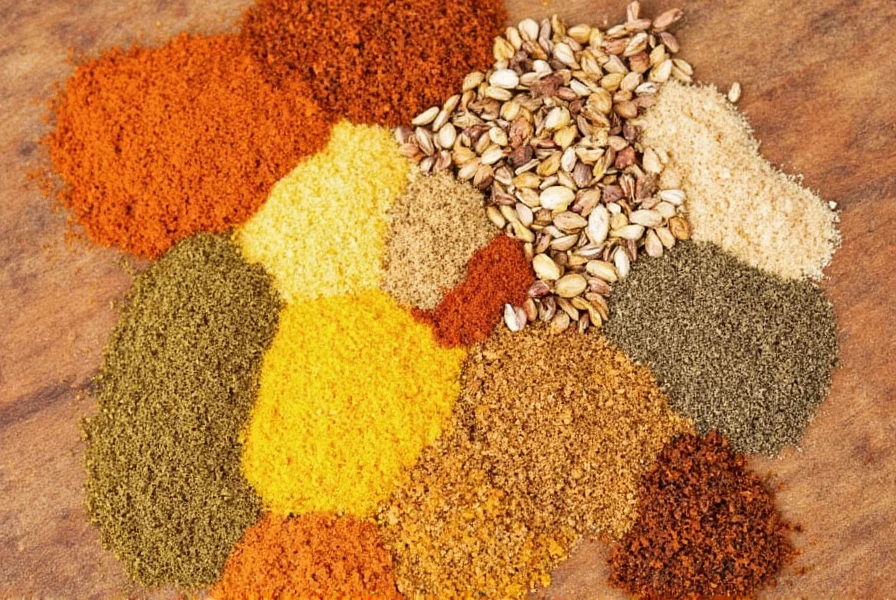
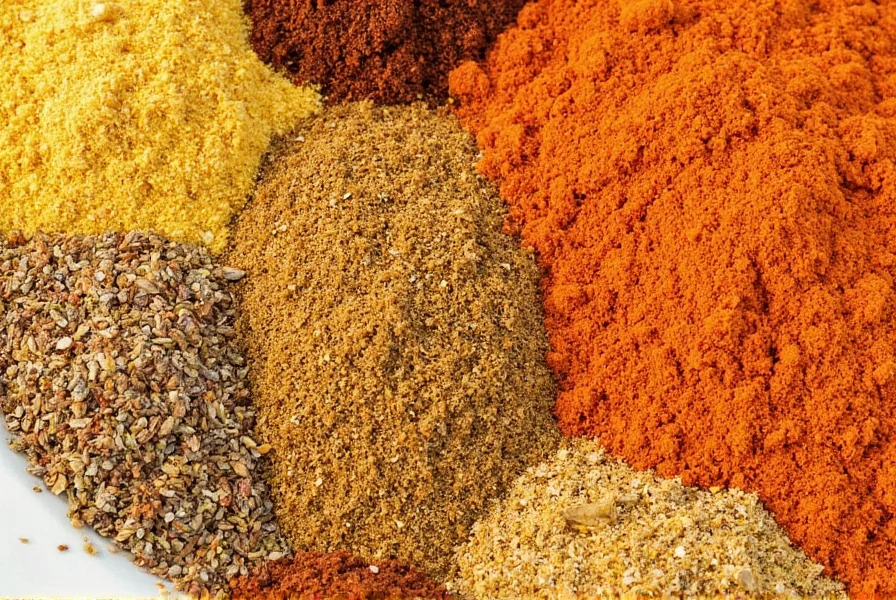
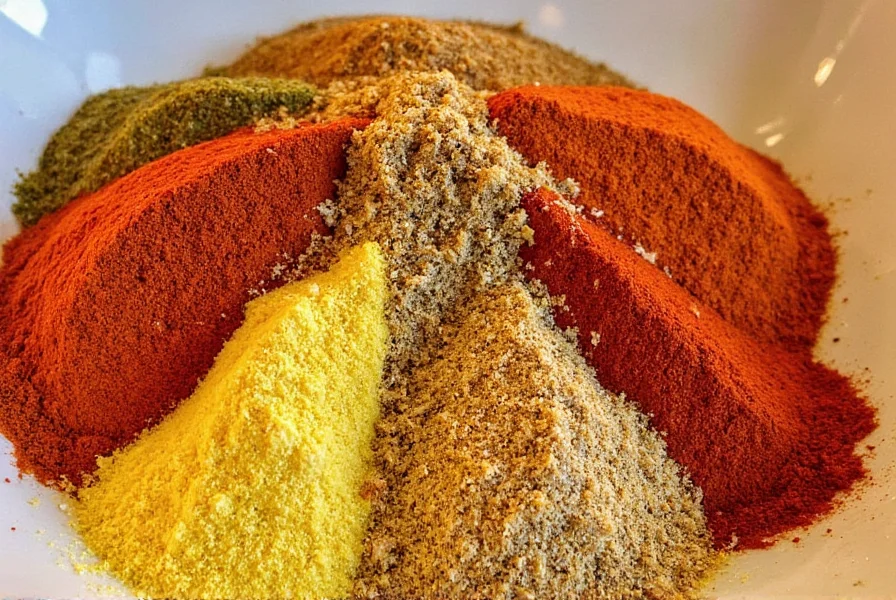
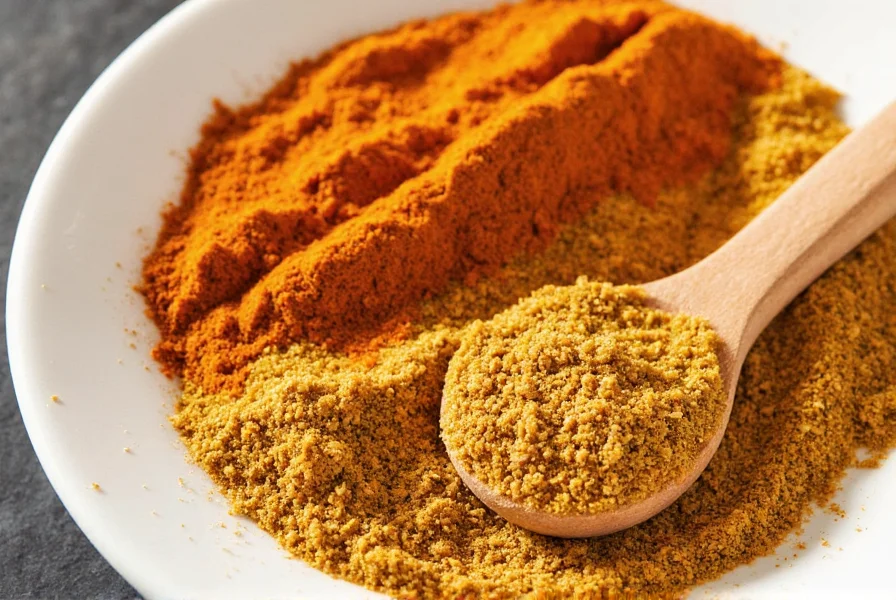
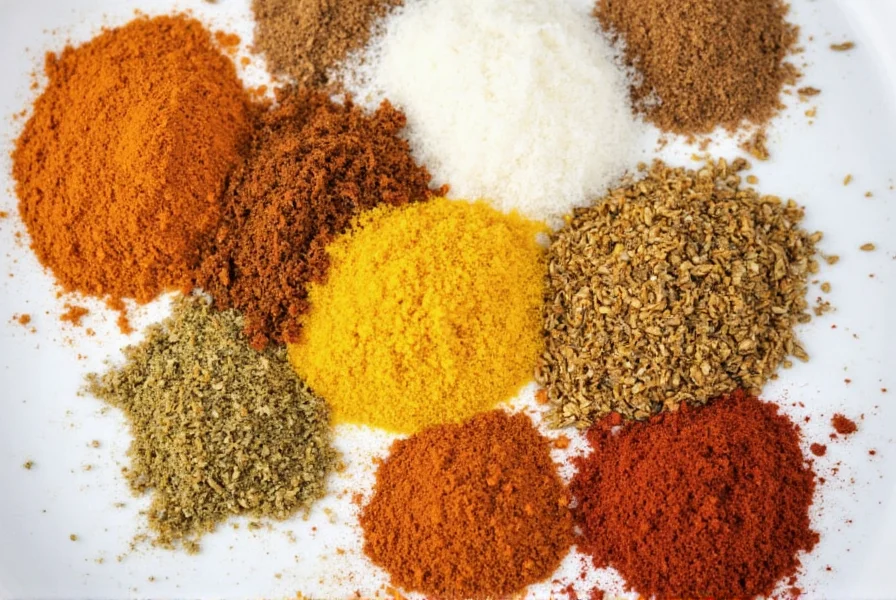
| Brand | Type | Best For | Heat Level | Price Range |
|---|---|---|---|---|
| MDH Spices – Madras Curry Powder | Indian | Classic Indian curries, dals, gravies | Medium-High | $ |
| Maesri Red Curry Paste | Thai | Authentic Thai curries, coconut-based dishes | Very High | $$ |
| Epicurean Trader – Japanese Curry Mix | Japanese | Family-friendly, mild meals | Low | $$ |
| Columbus Jamaican Curry | Caribbean | Jerk seasoning, stews, soups | High | $ |
| Bobs Red Mill Curry Powder | All-purpose | Stir-fries, roasted veggies, rice dishes | Medium | $ |
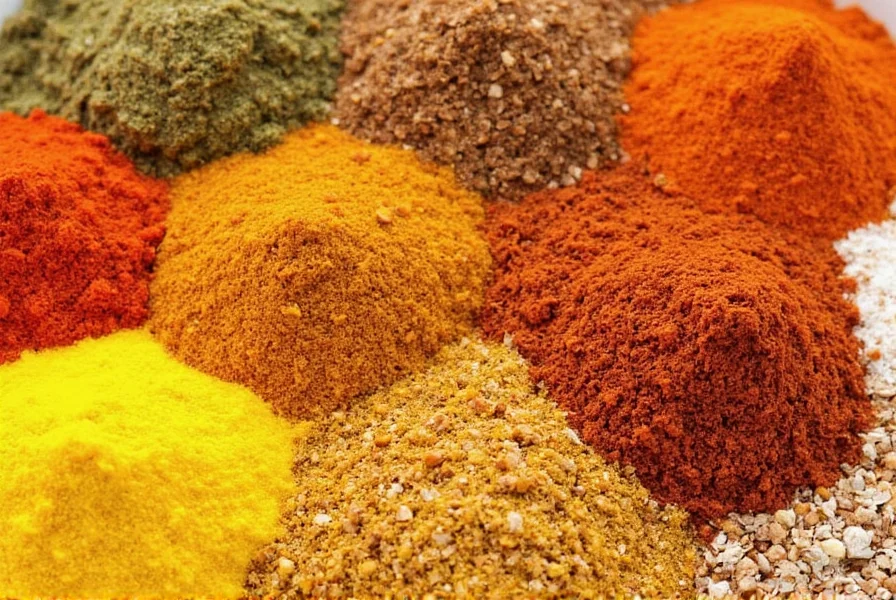
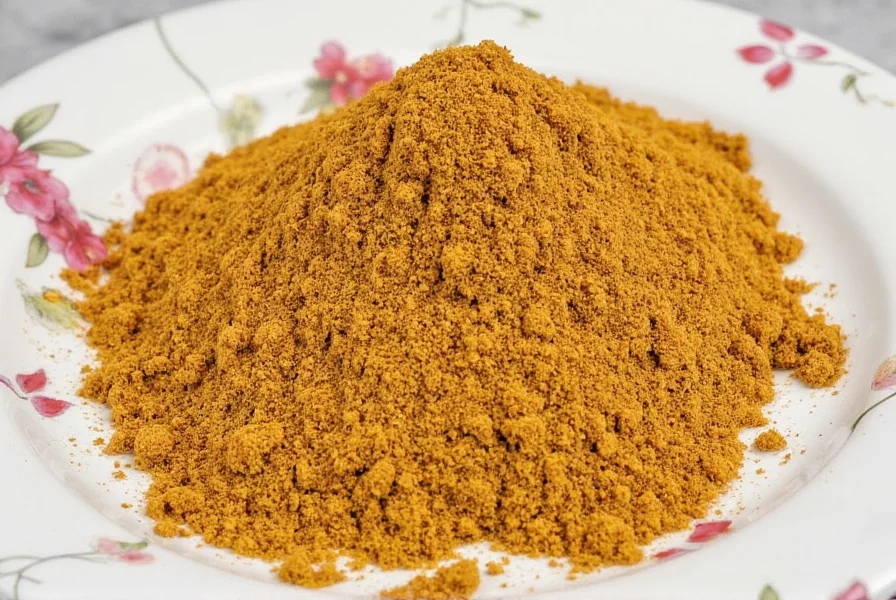
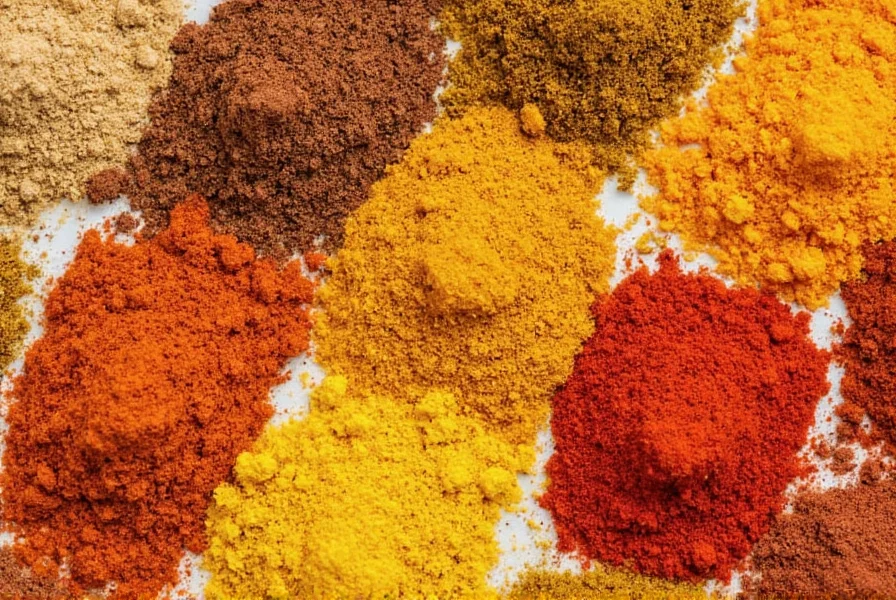
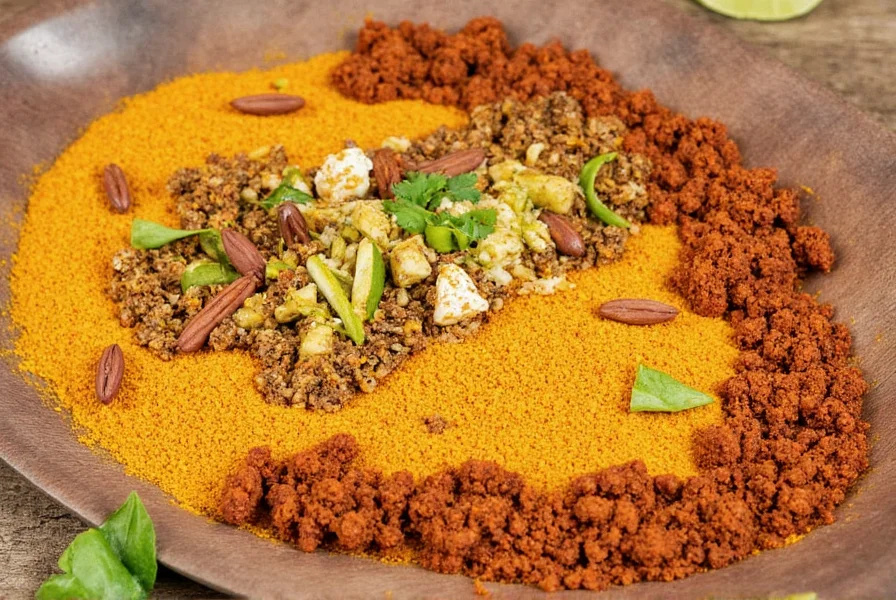

What is a Curry Spice Blend and How to Choose the Right One?
Curry spice blends are region-specific mixtures of ground spices that define authentic global cuisines. Unlike generic "curry powder," these blends vary significantly by origin and purpose. This guide provides clear criteria for selecting the right blend based on cuisine type, heat level, and ingredient quality.
Key Selection Criteria
- Region-specific matching: Indian dishes require garam masala or Madras powder; Thai dishes need fresh curry pastes; Japanese cuisine uses mild curry blocks.
- Ingredient transparency: Avoid artificial colors/preservatives; look for whole-spice grinding and minimal fillers.
- Heat level calibration: Start with mild options (Japanese, South African) for beginners; Jamaican and Thai blends are typically high-heat.
- Storage and freshness: Store in airtight containers away from light; replace dry blends every 6-12 months for peak flavor.
Expert Usage Tips
- Toasting: Dry-toast spices in oil before adding to dishes to unlock full flavor potential.
- Timing: Add early for slow-cooked dishes; add near the end for quick-cooking recipes.
- Pairing: Balance with acid (lemon juice, tamarind) and fat (coconut milk, yogurt) for optimal flavor distribution.
- Multi-use applications: Use in marinades, dressings, roasted vegetables, and even popcorn for creative flavor enhancement.
Common Myths Debunked
- Myth: "All curry is spicy."
Fact: Japanese curry is intentionally mild; South African blends are sweet-spicy. - Myth: "Curry is a single spice."
Fact: All blends contain 5-20+ spices tailored to regional traditions. - Myth: "Pre-made blends are inferior."
Fact: High-quality commercial blends like Maesri and MDH maintain authentic flavor profiles.
Health Considerations
Curry spices like turmeric (curcumin), cumin, and coriander have documented anti-inflammatory and digestive benefits. For medical advice, consult healthcare professionals. Always verify health claims with authoritative sources like the National Institutes of Health.

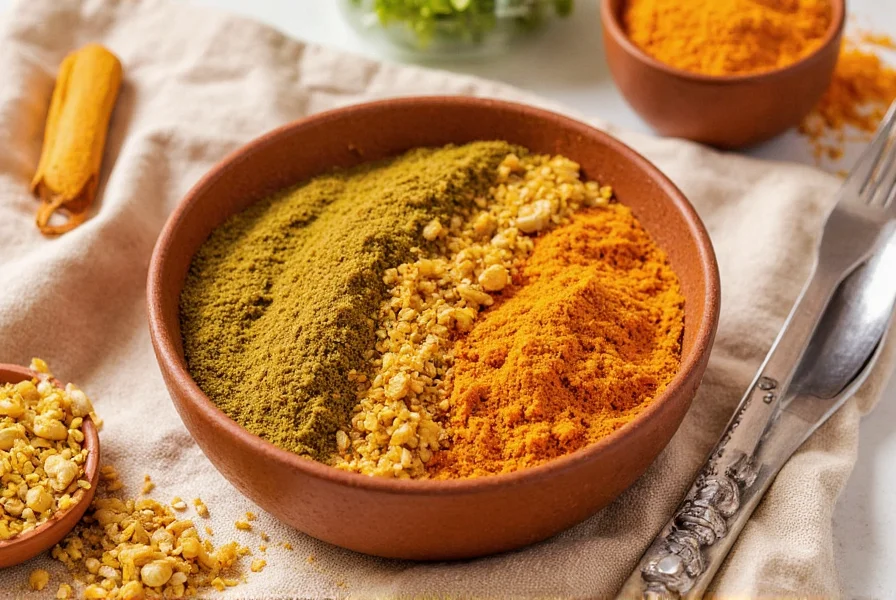









 浙公网安备
33010002000092号
浙公网安备
33010002000092号 浙B2-20120091-4
浙B2-20120091-4